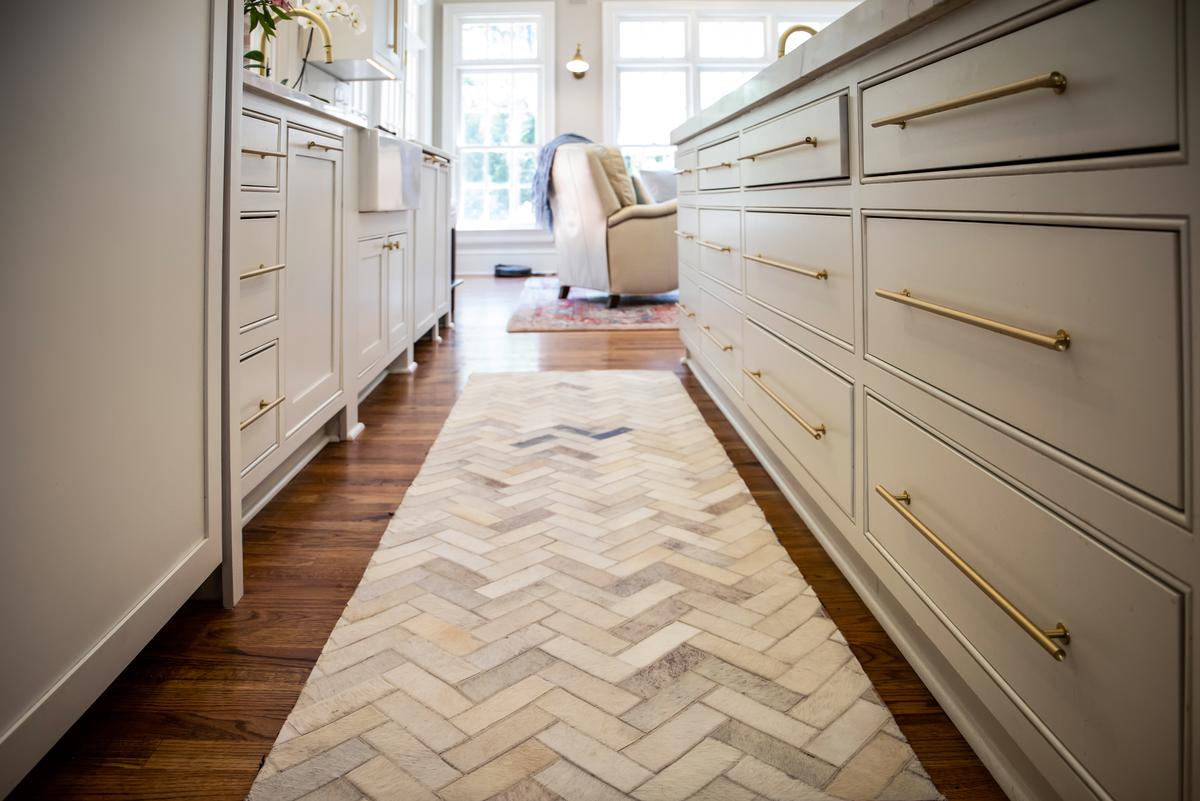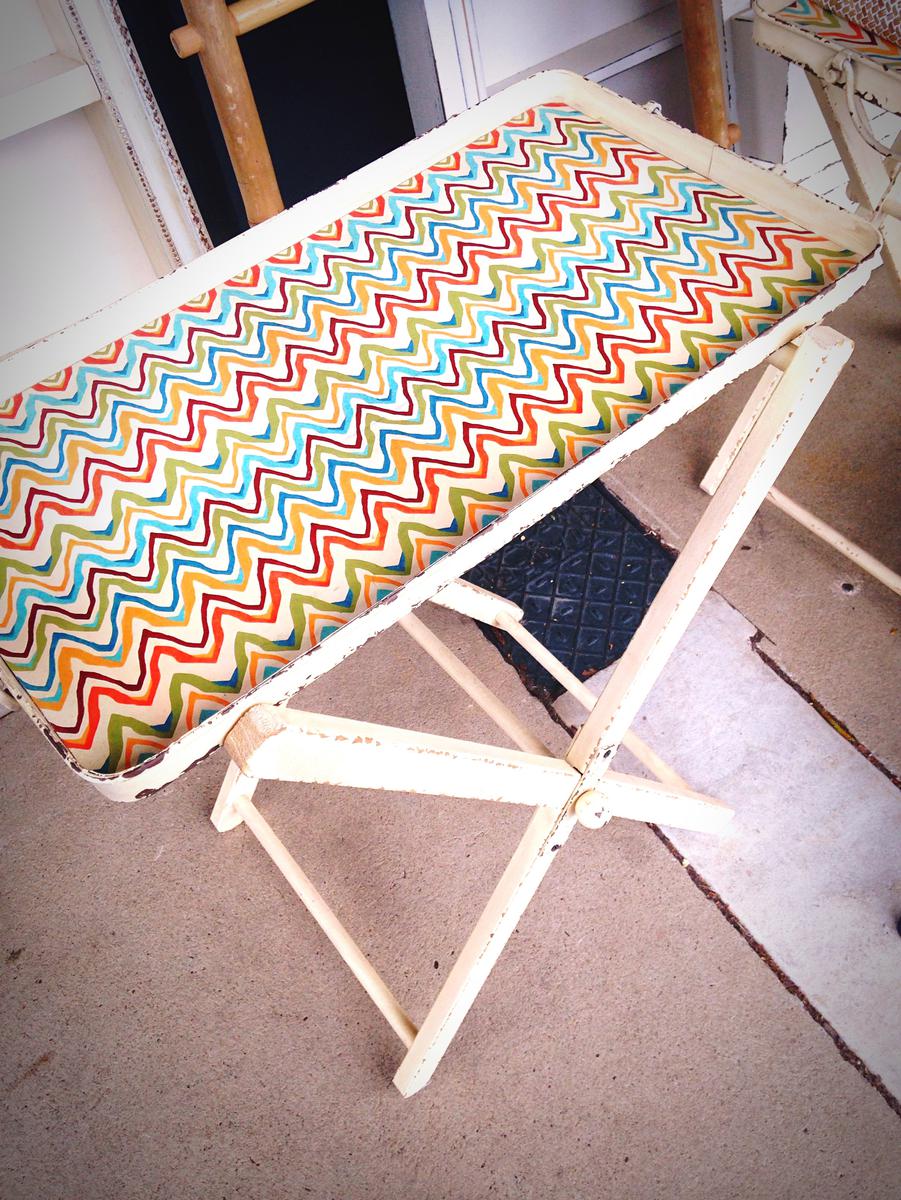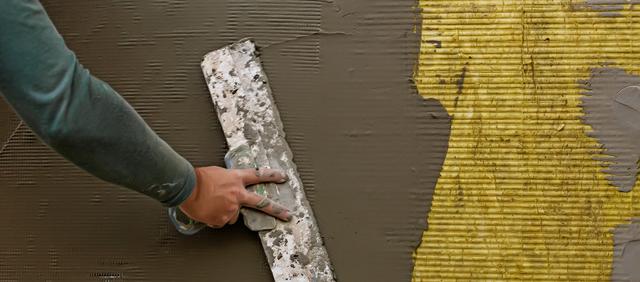Three patterns that are all the rage in the modern interior design industry are herringbone, flamestitch, and chevron. To many, they are collectively known as zigzag. But designers and aficionados tend to differentiate between these designs. However, it shouldn’t take an expert to notice the slight yet noticeable differences. While several variations of each type do exist, the fundamental properties can still be discerned. In certain instances, however, a variation of one zigzag pattern may be somewhat identical to that of another. Even then, it is cases like these that add to the richness of interior design. Each of these patterns is nevertheless basking in their popularity among many homeowners and designers alike. Understanding the individual types can be helpful in determining how to incorporate herringbone, flamestitch, and chevron into your living space.
Herringbone Pattern
Herringbone is a repetitive pattern aptly named after the herring fish skeleton it resembles. This intricate pattern originates from Ancient Egypt and Rome, where it was used in jewelry, fabrics, and paving. Nowadays, it is commonly used in many interiors — and exterior — design elements.
What Does the Herringbone Pattern Look Like?
A herringbone pattern basically involves straight rectangles arranged in a zigzag pattern. There is one main characteristic that distinguishes herringbone from the other zigzag patterns. Basically, the rectangles are shaped in a way that the end of one tile meets the side of the next one. This creates a “broken” zigzag look that adds style to a living space.











comments